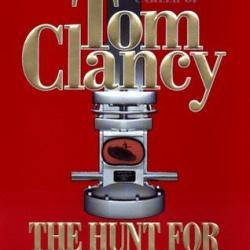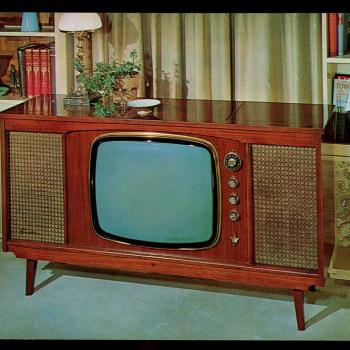Review of Touch of Evil, Directed by Orson Welles
Orson Welles started strong. His first movie, Citizen Kane (1941; reviewed here) is sometimes hailed as the greatest movie ever made. Welles, only twenty-six years old when Kane was released, could have enjoyed four or five decades of productive work in Hollywood, akin to the careers of John Ford, Howard Hawks, or Steven Spielberg. Instead, Welles did a handful of documentaries and TV movies accompanied by fewer than a dozen full-length, complete feature films. Welles and Hollywood rubbed each other the wrong way, and the world of cinema is the poorer for it.
That is why Touch of Evil (1958) was one of Welles’ last directorial outings. Touch of Evil is what you would expect from a master of the form, a second peak in what could have been an entire mountain range of great films. While it sits in Kane’s shadow, it rightly earned its place as a great film in its own right—the 57th best film of all time, according to BFI, or the 141st, according to IMDB. Even Roger Ebert gave it a place on his canon of Great Movies. 
Touch of Evil is a stylish noir set in a Mexican border town revolving around murder, drugs, corruption, murder, crooked cops, dames, double-crosses, and murder. If you liked L.A. Confidential (1997), you’ll love Touch of Evil. The film is powered by the performances of Charlton Heston as a Mexican police officer named Vargas (he had a tan and wore a mustache, which is all an actor needed to pass as Mexican in 1950s Hollywood) and Orson Welles as, apparently, Jabba the Hut. Welles’ performance as the obese, corrupt, growling Detective Quinlan is riveting: the character has to be one of the most repellent, least likeable characters in cinema. The film settles into a contest of wills between the two titans: Moses versus Unicron.
I was surprised by the style of the film. Older movies tend to have stationary cameras and straight-on angles that make them visually dull and test the attention span of today’s ADHD audience. Touch of Evil, by contrast, feels like a modern movie. The famous opening shot shows a character set a timer on a bomb for four minutes and put it on a car. The camera then stays with the car, in one long take, for almost four minutes as it slowly meanders through the streets and among a throng of pedestrians. The tension inches upward as the seconds tick by, the camera floating above buildings, swooping down to street level, pausing to notice a couple walking, always returning to the car. Nothing in particular happens on screen, but it is excruciatingly suspenseful. Later, during a scene in which Quinlan reveals his true agenda, his massive bulk fills the camera’s frame, placed at odd angles, and makes the scene claustrophobic and nauseating, as if nothing else could fit into the world once Quinlan has stepped into it.
For a movie made in 1958, the story portrayed Mexicans in a surprisingly tolerant light (aside from having the main Mexican character be played by a famous white actor born in Illinois). Vargas, Heston’s Mexican officer, is honest, diligent, and polished; Welles’ American is crooked, sloppy, and repugnant. Because the story takes place mostly in Mexico, all the other thugs and crooks are Mexican, including a gang of Mexican youth who use drugs and (off screen) gang rape a woman. But the American police officers are mostly clueless and useless.
All together the characters inhabit a world of ceaseless intrigue and bleak fate. In my previous review of Double Indemnity, another classic noir, I wrote that it seemed like a “Calvinist morality play in which the good guy turns out not to be very good and everyone is damned.” That might be a good description of noir generally. In these kinds of movies everyone is rotten one way or another; the world is cloaked in shadow; you can’t trust anyone; and in the end almost everyone ends up dead. I confess I simply love movies like this. Perhaps I have a streak of pessimism; perhaps I take a perverse pleasure in Hollywood rediscovering the doctrine of total depravity anew every now and then.
The noir code pretty much holds true of Touch of Evil. Vargas, the most upstanding character in the movie, is curiously callous to his newly-wed bride (Janet Leigh, of Psycho fame) and carelessly leaves her vulnerable to his enemies. He seems driven to vindicate himself at all costs, regardless of the risk to himself or her. The corpulent Quinlan, for his part, grows worse as the movie wears on, descending from mere corruption and racism into murder and madness. He just keeps driving on, implacable and unstoppable, and morphing into a monster.
But it may be unedifying to rejoice too much in stories like Quinlan’s. God does not take pleasure in the death of the wicked; nor should we. To his credit, Welles ends the movie with characters reflecting, haltingly, on Quinlan’s strengths. “He was a great detective,” one says. That’s not exactly redemption, but it is jolting to hear the villain praised as the credits roll and invites us to feel, not vengeance, but sorrow at the tragedy of a life marred by the touch of evil.













